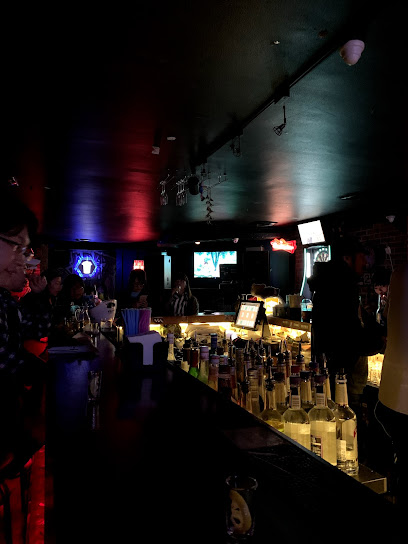
Climb the Iconic 168 Stairs in Busan
Experience the breathtaking views and vibrant atmosphere of Busan at the iconic 168 Stairs, a must-visit tourist attraction.
Discover the breathtaking views and vibrant atmosphere at the 168 Stairs in Busan, a must-visit tourist attraction that showcases the city's charm and beauty.
A brief summary to 168 Stairs
- Yeongcho-gil, 191, Dong-gu, Busan, KR
- Monday 12 am-12 am
- Tuesday 12 am-12 am
- Wednesday 12 am-12 am
- Thursday 12 am-12 am
- Friday 12 am-12 am
- Saturday 12 am-12 am
- Sunday 12 am-12 am
Local tips
- Visit early in the morning or late afternoon for cooler temperatures and beautiful lighting.
- Bring your camera to capture the stunning views at the top.
- Wear comfortable shoes to make the climb easier.
- Take your time and enjoy the artistic installations along the way.
- Consider bringing snacks for a picnic at the top.
Getting There
-
Subway
If you are in Busan, take the Busan Subway Line 1 towards Sinpyeong Station. Get off at Dong-gu Station (also known as Busan Station). From Dong-gu Station, exit through Exit 1 and walk straight until you reach the first intersection.
-
Walking
At the intersection, turn left onto Yeongcho-gil and walk straight for about 1.5 kilometers. You will pass several shops and cafes along the way. Keep an eye out for local signage that may indicate your direction. After about 15-20 minutes of walking, you will see the 168 Stairs on your right-hand side.
-
Landmark Navigation
As you approach 168 Stairs, look for the distinctive staircase that leads up the hill. It is located at Yeongcho-gil, 191. You can also ask locals for directions if needed, as the stairs are a well-known attraction in the area.
-
Final Steps
Once you arrive at the base of the 168 Stairs, take a moment to appreciate the surrounding views before beginning your ascent. The stairs are a popular spot for both locals and tourists, so enjoy your visit!
Discover more about 168 Stairs
Iconic landmarks you can’t miss
Kim Min-Bu Ovservatory
0.0 km
Experience breathtaking views of Busan from the Kim Min-Bu Observatory, a top tourist attraction perfect for photography and relaxation.
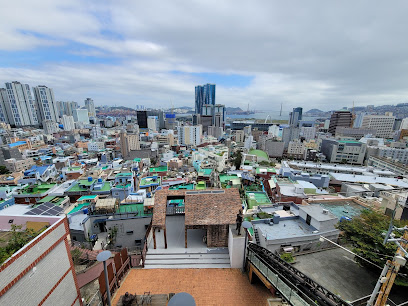
Choryang Ibagu-gil
0.1 km
Explore the vibrant Choryang Ibagu-gil in Busan, a cultural pathway filled with stunning murals, local cuisine, and rich history.
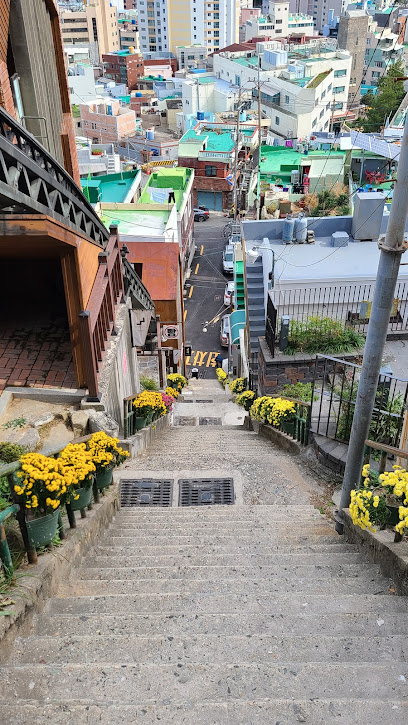
Chinatown
0.5 km
Explore the vibrant streets of Chinatown in Busan, where authentic Chinese culture meets a rich culinary experience.
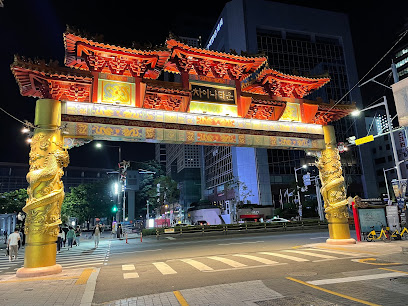
Sky Eye Observatory
0.5 km
Experience breathtaking views of Busan's skyline and coastline from the Sky Eye Observatory, a must-visit attraction for all travelers.
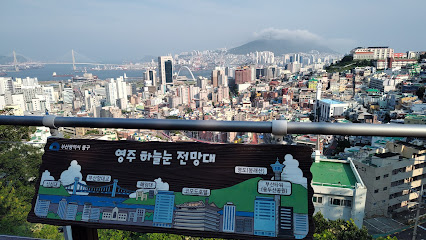
Baeksan Memorial Hall
1.7 km
Discover the rich cultural heritage of Korea at Baeksan Memorial Hall, a must-visit history museum in Busan that honors historical figures and their contributions.
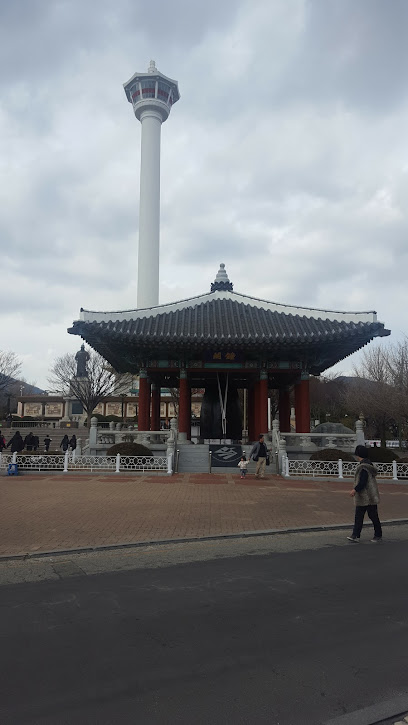
Bosu Book Street
1.7 km
Explore Bosu Book Street, a charming destination in Busan filled with secondhand bookstores, quaint cafes, and vibrant local culture.
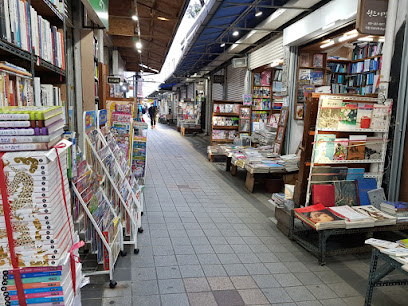
Busan Bridge
2.4 km
Explore the breathtaking Busan Bridge, a stunning architectural marvel offering spectacular views of the sea and cityscape in the heart of South Korea.
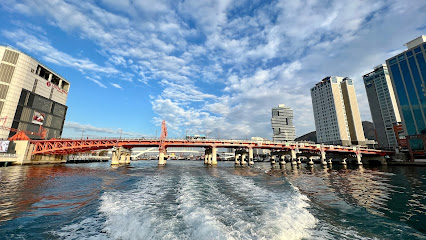
Gamcheon
3.1 km
Discover the vibrant art and history of Gamcheon, a colorful cultural village in Busan, South Korea, perfect for art lovers and history enthusiasts.
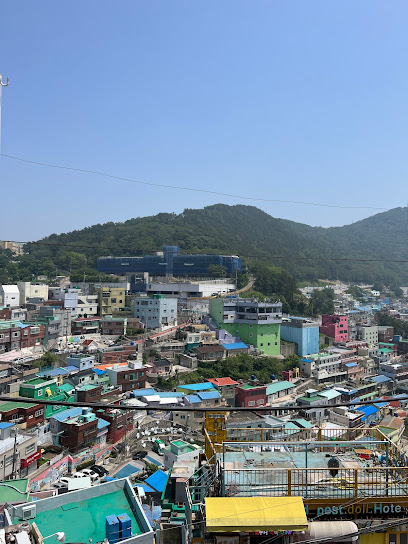
Busanjinseong Fortress (Jaseongdae Japanese Fortress)
3.2 km
Discover the historical significance and stunning views at Busanjinseong Fortress, a key landmark in Busan’s rich architectural heritage.
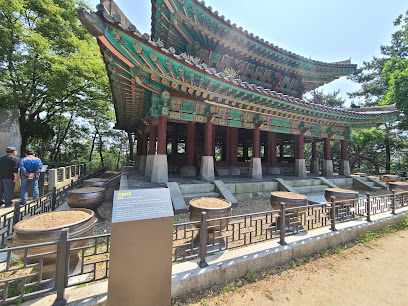
Nuribaragi Observatory
3.3 km
Discover stunning panoramic views of Busan at Nuribaragi Observatory, the ultimate observation deck for breathtaking cityscapes and unforgettable experiences.
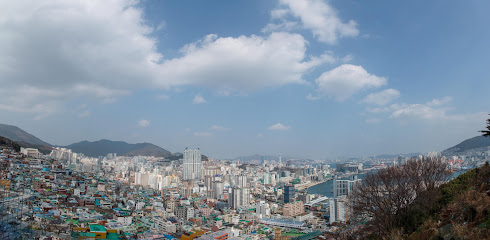
Little Prince Statue
3.3 km
Explore the whimsical Little Prince Statue in Busan, a charming sculpture that embodies the spirit of imagination and childhood wonder.
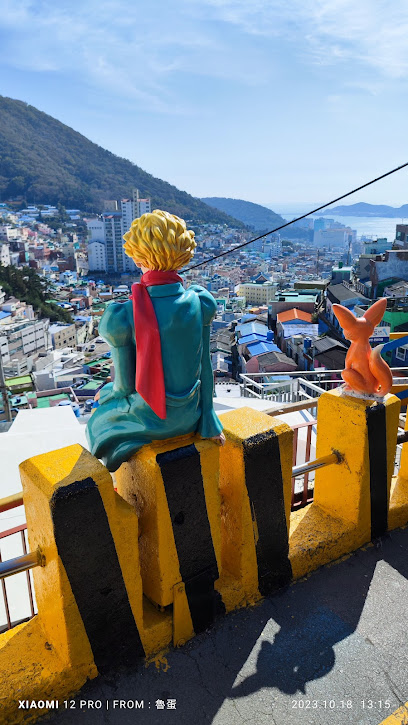
Stairs to See Stars
3.4 km
Experience the enchanting Stairs to See Stars in Busan, where celestial beauty meets urban charm for an unforgettable stargazing adventure.
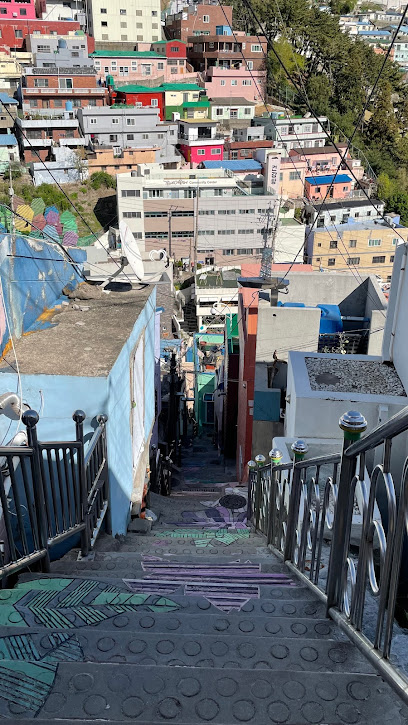
Namhang Lighthouse
3.6 km
Discover the scenic beauty and rich history of Namhang Lighthouse in Busan, a must-visit tourist attraction for breathtaking coastal views.
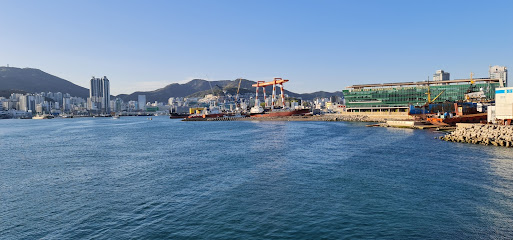
Huinnyeoul Culture Village
4.4 km
Explore the hidden gem of Huinnyeoul Culture Village in Busan, where art meets nature in a vibrant coastal setting.

Samjung Tower
4.5 km
Explore the dynamic Samjung Tower in Busan, where shopping, dining, and entertainment come together in a vibrant cultural experience.
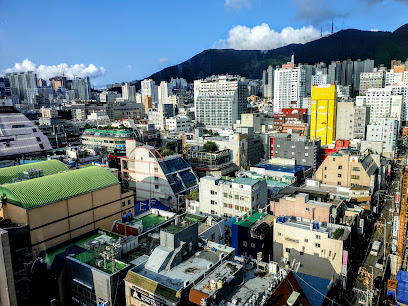
Unmissable attractions to see
Choryang Ibagu-gil Alley
0.1 km
Explore Choryang Ibagu-gil Alley, Busan's vibrant artistic pathway with stunning views and rich cultural history.
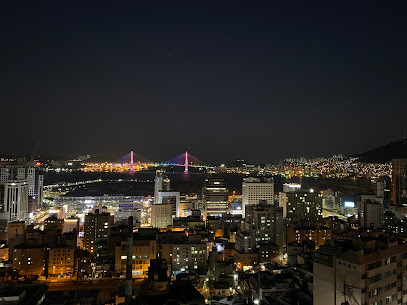
Diorama of history
0.3 km
Explore Korea's rich history at the Diorama of History in Busan, offering breathtaking views and immersive educational experiences.
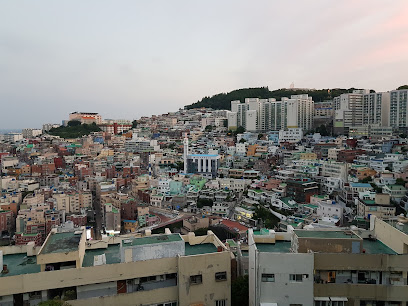
Texas Street
0.4 km
Explore Texas Street in Busan for an unforgettable blend of culture, shopping, and culinary delights, right in the heart of the city!
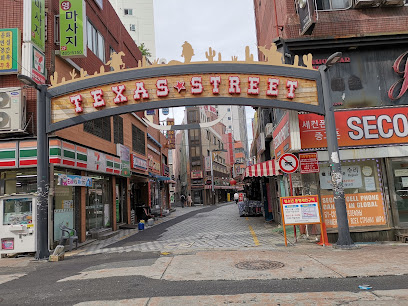
Choryang traditional market
0.4 km
Discover authentic Korean culture at Choryang Traditional Market, where food, crafts, and local charm await every visitor.
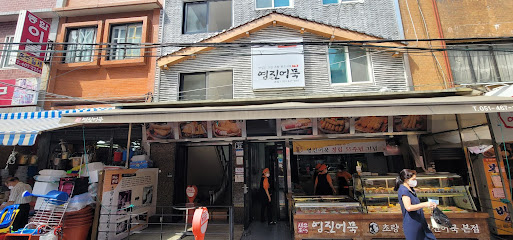
Choryang modern history gallery
0.4 km
Explore Busan's vibrant past at the Choryang Modern History Gallery, where history comes alive through engaging exhibits and artifacts.
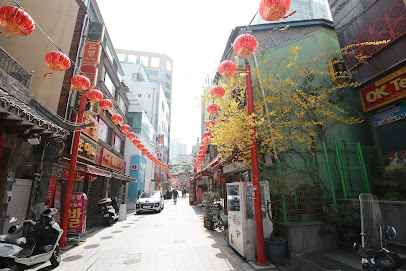
Busan Chinatown
0.5 km
Explore Busan Chinatown, a lively cultural enclave filled with vibrant streets, delicious cuisine, and rich history in the heart of Busan, South Korea.

Mailbox of Yoo Chi-hwan
0.6 km
Explore the artistic Mailbox of Yoo Chi-hwan in Busan, a cultural landmark blending art and community spirit, perfect for unique photo opportunities.
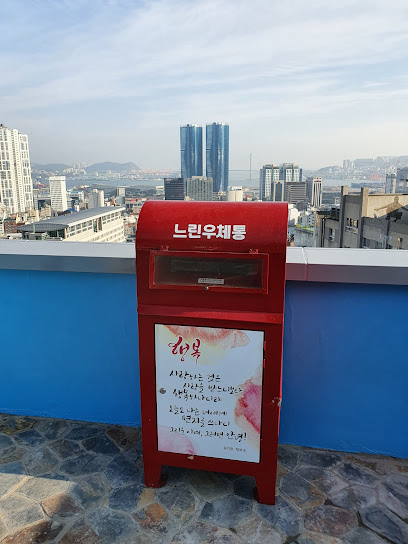
Busan Stn. Square
0.6 km
Experience the serene beauty of Busan Stn. Square, a lush urban park perfect for relaxation and local culture exploration.
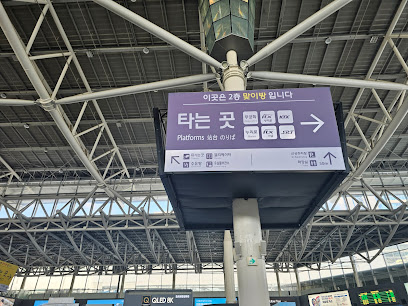
Busan Station Tourist Information Center(2F)
0.7 km
Discover Busan's vibrant culture and attractions with expert guidance at the Busan Station Tourist Information Center.
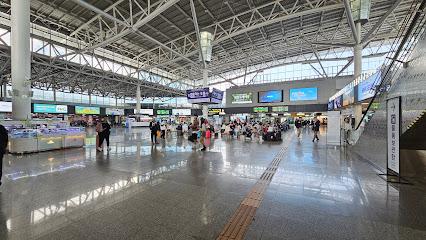
Yeongju-dong Monorail
0.9 km
Discover breathtaking views and a unique perspective of Busan aboard the Yeongju-dong Monorail, a must-visit attraction for every traveler.

Democracy Park
1.0 km
Explore the tranquil beauty and historical significance of Democracy Park, a memorial park dedicated to South Korea's democratic journey in Busan.

Dakbatgol Mural Village
1.1 km
Explore Busan's Dakbatgol Mural Village, a colorful artistic haven showcasing stunning murals and local culture in a picturesque setting.
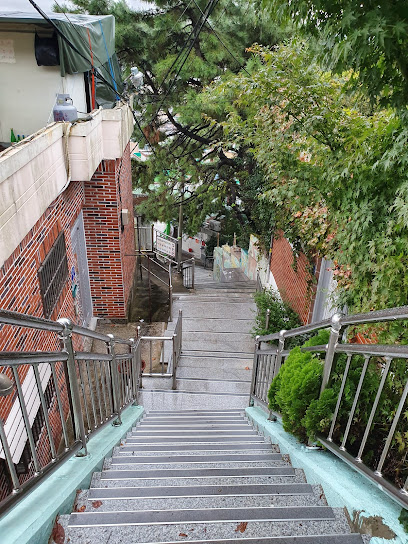
40-step Culture & Tourism Theme Street
1.4 km
Explore the vibrant 40-step Culture & Tourism Theme Street in Busan, where art, history, and local flavors come together in a charming setting.
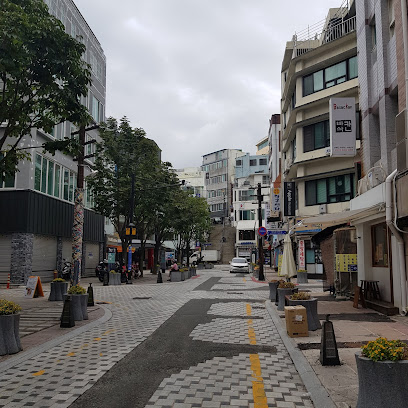
Busan Port
1.6 km
Explore Busan Port, a vibrant harbor blending natural beauty with rich maritime culture in the heart of South Korea's bustling second city.
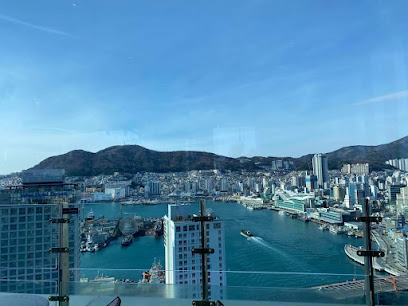
Busan Modern and Contemporary History Museum Annex
1.7 km
Discover Busan's evolution through captivating exhibits at the Modern and Contemporary History Museum Annex, a must-visit for history lovers.
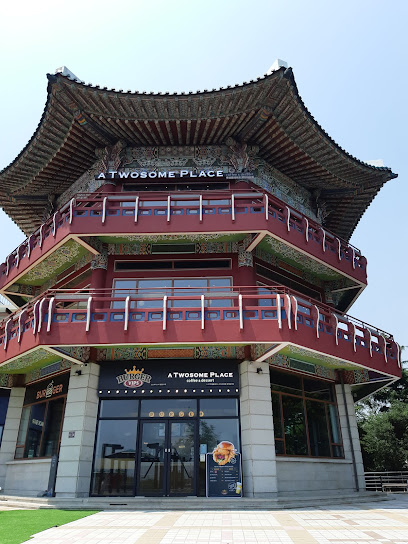
Essential places to dine
Sinbalwon
0.4 km
Experience authentic Chinese cuisine at Sinbalwon in Busan—where every dish tells a story and delights your palate.
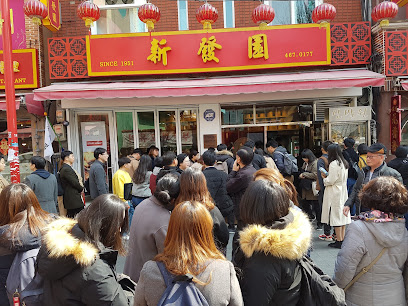
Samarkand Uzbekistan Halal Food
0.4 km
Experience authentic Uzbek cuisine at Samarkand Uzbekistan Halal Food in Busan; where tradition meets flavor in every dish.
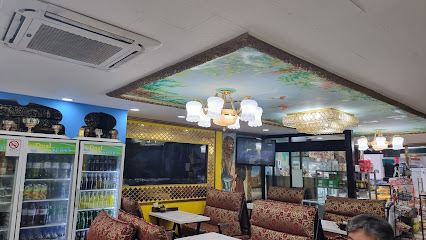
Sinchang Toast
1.9 km
Discover the irresistible flavors of Sinchang Toast - where tradition meets innovation in every delicious bite.
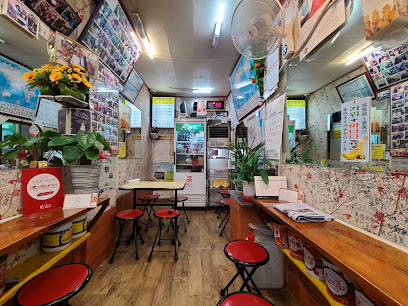
Kongbate
1.9 km
Experience authentic Korean flavors at Kongbate in Busan - where tradition meets modern culinary excellence.
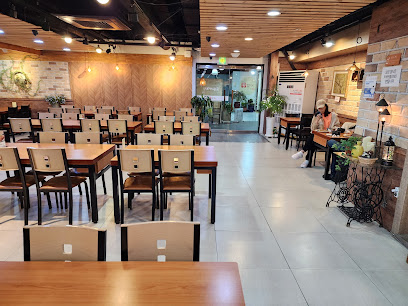
Nada dining Pub
2.0 km
Discover a vibrant fusion of flavors at Nada Dining Pub in Busan - where burritos meet fine wines and unforgettable dining awaits.
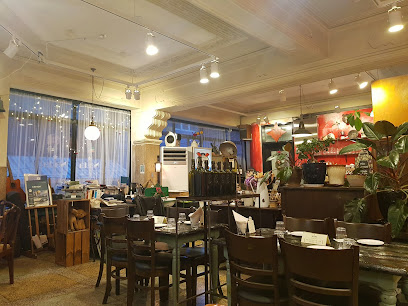
述古堂(Sulgodang)
2.0 km
Discover authentic Korean cuisine at Sulgodang in Busan – where tradition meets flavor in every dish.
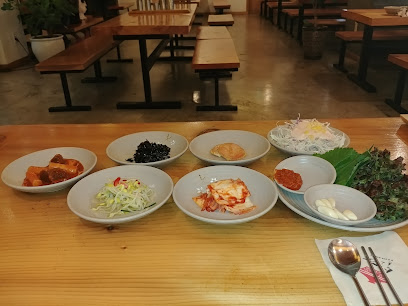
Dubuga (Tofu theme restaurant)
2.0 km
Experience authentic Korean flavors at Dubuga, where every dish celebrates the delightful versatility of tofu in a cozy setting.
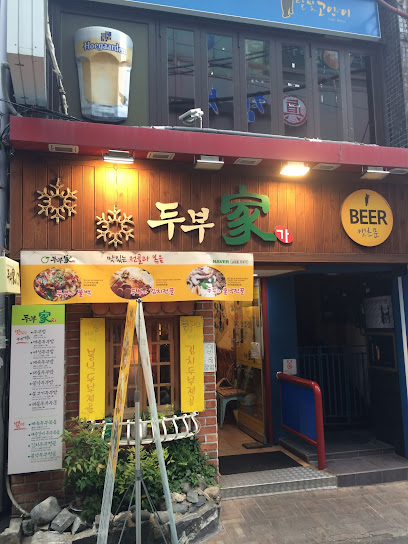
새옹지마
2.0 km
Discover authentic Korean seafood at 새옹지마 in Busan - where tradition meets taste in every delightful dish.

Jejuga
2.0 km
Experience fresh and authentic Korean seafood at Jejuga in Busan's vibrant Jung-gu district – where every dish tells a story.
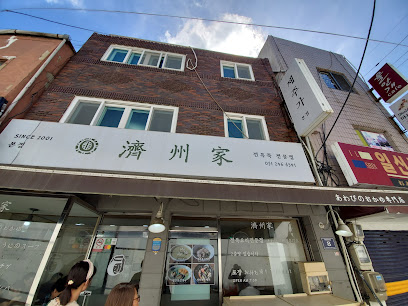
Jungang BBQ Lamb Restaurant
2.1 km
Experience authentic Korean flavors at Jungang BBQ Lamb Restaurant - a must-visit destination for mutton barbecue lovers in Busan.
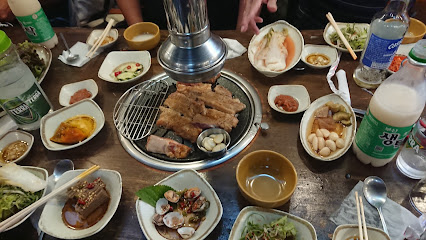
Bombay Brau Gwangbok Branch
2.1 km
Indulge in authentic Indian flavors at Bombay Brau Gwangbok Branch, where every dish tells a story.
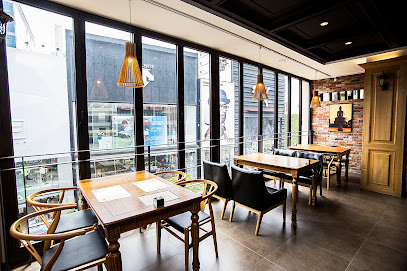
Bistro by JINNYkate
2.1 km
Experience authentic Western cuisine at Bistro by JINNYkate in Busan's Jung-gu district—where flavors meet comfort in every dish.
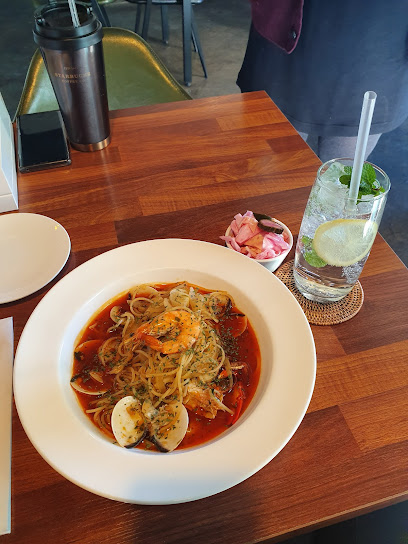
Samik Sikdang
2.1 km
Discover the authentic taste of Korea at Samik Sikdang in Busan – where every dish tells a story!
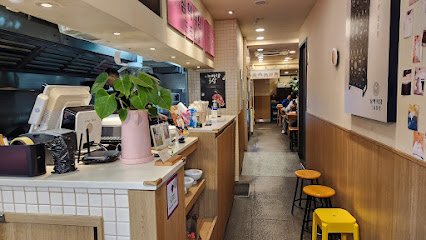
Abiko
2.1 km
Experience authentic Japanese curry at Abiko in Busan – where every dish is crafted with passion and tradition.
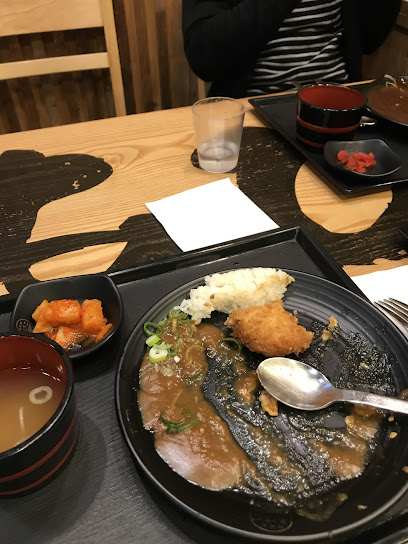
Wonjo Seoul Samgyetang Nampo-dong Headstore
2.1 km
Experience authentic Korean samgyetang at Wonjo Seoul Samgyetang in Busan - a must-visit for food enthusiasts seeking comfort and tradition.
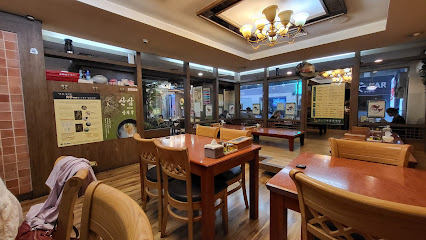
Markets, malls and hidden boutiques
Korean Dress Shop
0.7 km
Discover the elegance of traditional Korean fashion at the Korean Dress Shop in Busan, showcasing exquisite hanboks that embody cultural heritage.
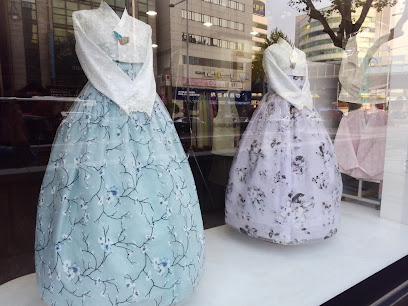
DAESUNJUJO BRAND STORE
1.8 km
Explore the charm of Busan at DAESUNJUJO Brand Store, offering unique gifts and souvenirs that reflect the city's vibrant culture.
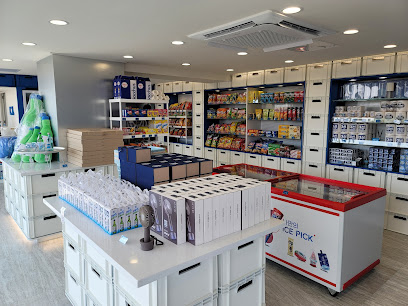
Vintage Museum
1.8 km
Explore the Vintage Museum in Busan, a captivating destination showcasing nostalgia through unique artifacts and interactive exhibits.

안동민예토산품
1.9 km
Explore Andong Minye Tosanpum: Your destination for authentic Korean souvenirs, handicrafts, and unique gift baskets in the heart of Busan.
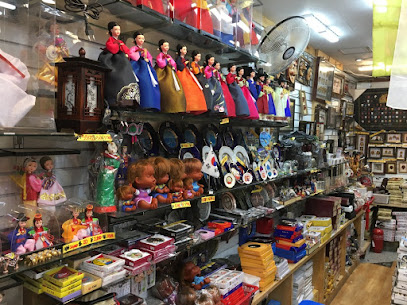
Gwangbok-ro Arirang Street
1.9 km
Discover the essence of Busan at Gwangbok-ro Arirang Street, where shopping, dining, and culture come together in a vibrant atmosphere.
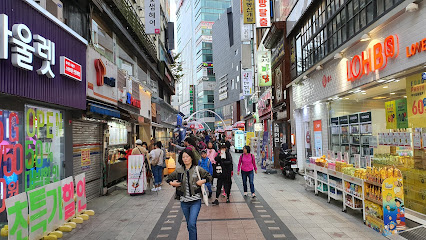
SUSU韩国品牌化妆品折扣店한국브랜드할인
2.0 km
Explore SUSU, the ultimate destination for discounted Korean cosmetics in Busan, where beauty meets affordability.

Around101
2.0 km
Explore the contemporary fashion scene at Around101, a must-visit clothing store in the heart of Busan, offering a unique shopping experience.

Gwangbok Underground Shopping Center
2.0 km
Explore the Gwangbok Underground Shopping Center for a unique shopping experience blending local culture and modern trends in the heart of Busan.
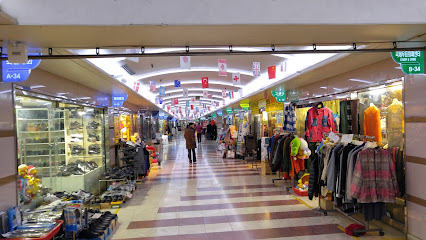
KAKAO FRIENDS Busan Flagship Store
2.1 km
Discover KAKAO FRIENDS in Busan: A vibrant flagship store filled with plush dolls, unique merchandise, and a celebration of Korean pop culture.
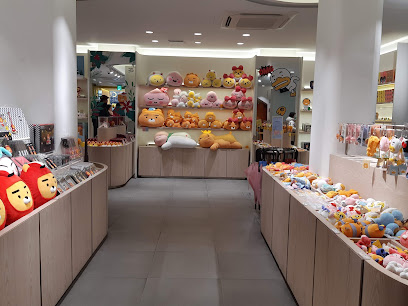
Artbox Busan Gwangbok 2nd store
2.1 km
Explore the vibrant Artbox Busan Gwangbok 2nd Store for unique gifts, trendy stationery, and delightful souvenirs that capture the essence of Busan.

LOTTE Department Store Gwangbok
2.1 km
Explore LOTTE Department Store Gwangbok in Busan for an exceptional shopping experience featuring luxury brands, diverse dining, and vibrant entertainment.
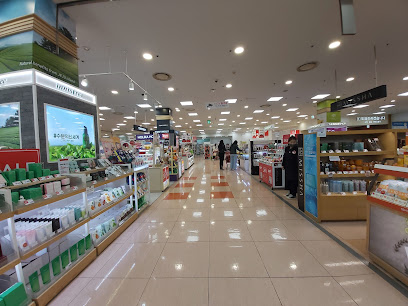
The Most Famous HOTTEOK Stores in Busan
2.1 km
Experience the irresistible sweetness of Busan's famous HOTTEOK at Nampo-dong's best dessert shops, a must-visit for every foodie.
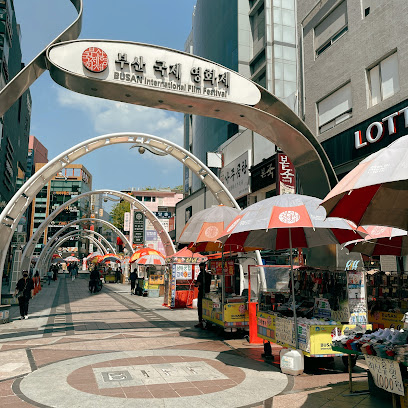
DAISO Nampo
2.1 km
Explore DAISO Nampo in Busan for an incredible selection of affordable home goods, from stylish décor to practical essentials—perfect for every traveler.
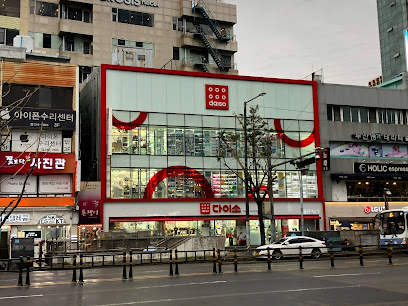
Daiso, Kukje Market
2.2 km
Explore an exciting variety of affordable home goods at Daiso, Kukje Market in Busan, where quality meets convenience.

ARTBOX Busan Gwangbok 1st store
2.2 km
Explore ARTBOX Busan Gwangbok for unique Korean gifts and creative souvenirs in the heart of Jung-gu.
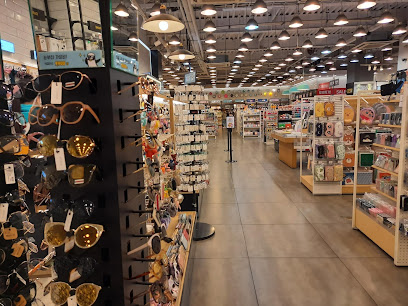
Essential bars & hidden hideouts
FUZZY NAVEL
2.0 km
Discover Fuzzy Navel - a vibrant bar and Mexican restaurant in Busan, where culinary delights and lively nightlife await you.
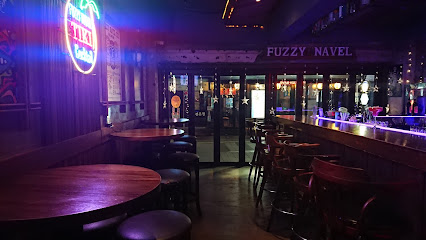
군스빽립 by Lord Byron's
2.0 km
Savor the flavors of Busan at 군스빽립 by Lord Byron's, an exquisite grill destination perfect for culinary adventurers.
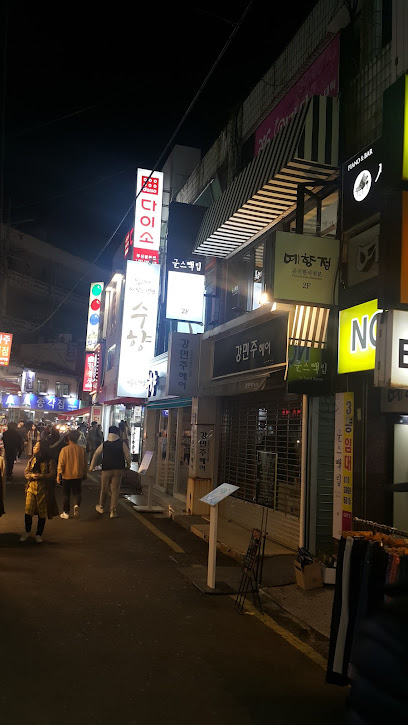
Three Monkeys
2.0 km
Discover the vibrant nightlife at Three Monkeys, a lively bar in Busan offering delicious drinks and a welcoming atmosphere for all.
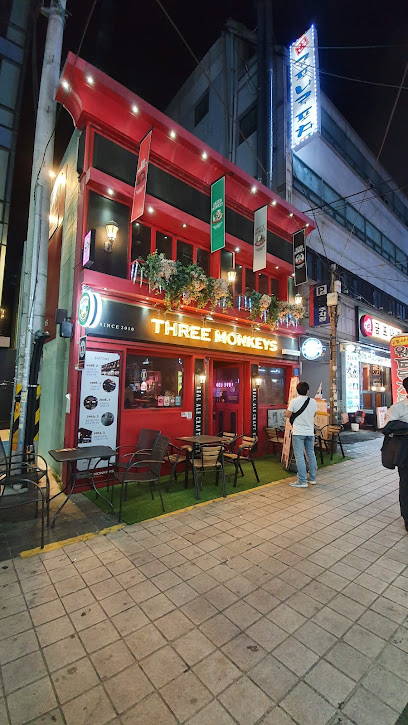
HOF & SOJU
2.1 km
Discover HOF & SOJU in Busan – where authentic Korean drinks and vibrant nightlife come together to create unforgettable memories.
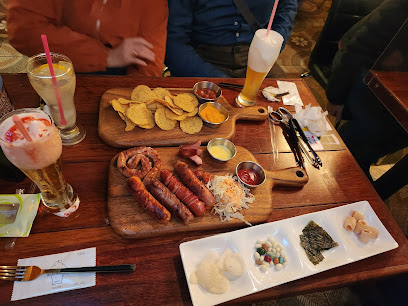
ブラックインカ
2.1 km
Discover the vibrant nightlife at ブラックインカ, a premier bar in Busan offering an eclectic mix of drinks and a lively atmosphere.

Babi
2.1 km
Discover the vibrant nightlife of Busan at Babi, a premier bar offering unique drinks and a lively atmosphere perfect for socializing and relaxation.

Coldplay
2.1 km
Discover the lively Coldplay Bar in Jung-gu, Busan, where creative cocktails and a welcoming atmosphere await every traveler.
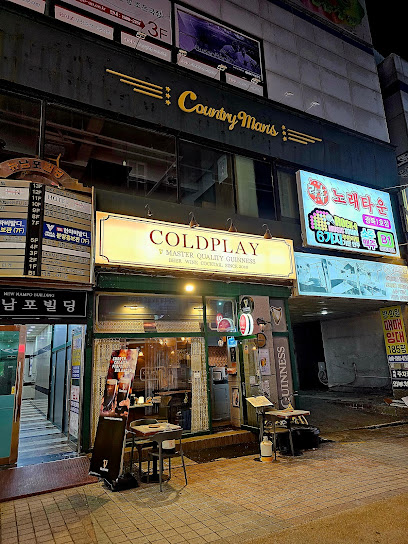
탠라운지남포점
2.1 km
Discover the vibrant nightlife at Tan Lounge in Nampo-dong, Busan, offering a unique blend of local culture, exquisite drinks, and a lively atmosphere.

Ledeu
2.1 km
Discover the authentic taste of Korean rice wine at Ledeu in Busan, where tradition meets vibrant local culture in every glass.

라운지26
2.3 km
Discover the vibrant nightlife at Lounge 26, a premier bar in Busan offering a selection of local drinks and a lively atmosphere for all visitors.

Kkasano
2.5 km
Experience the vibrant atmosphere of Kkasano, a premier live music bar in Busan, offering unforgettable performances and a taste of local culture.

WOOD SIDE BAR
4.4 km
Discover WOOD SIDE BAR, a premier cocktail destination in Busan, offering innovative drinks and stunning views in a vibrant atmosphere.
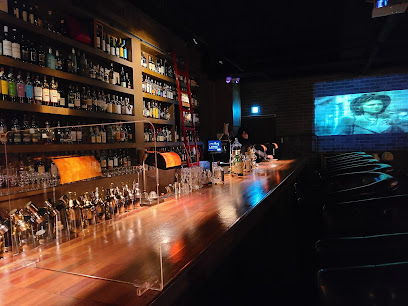
Thursday Party, Seomyeon
4.7 km
Unleash your spirit at Thursday Party, Seomyeon – a vibrant bar in Busan offering unforgettable nightlife experiences with drinks, music, and new friends.
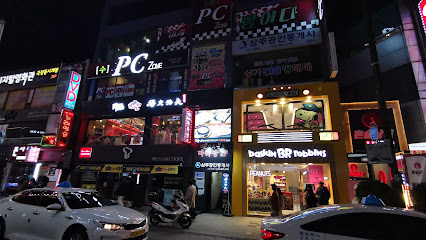
dibs pub 딥스 펍
4.8 km
Experience the vibrant nightlife at Dibs Pub in Busan, where local charm meets a lively atmosphere and a fantastic selection of drinks.
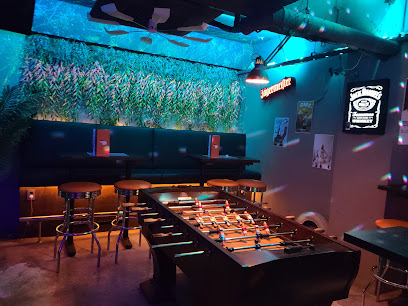
Moma
4.8 km
Discover Moma, a trendy cocktail bar in Busan's Seomyeon district, known for its vibrant atmosphere and innovative cocktails.
